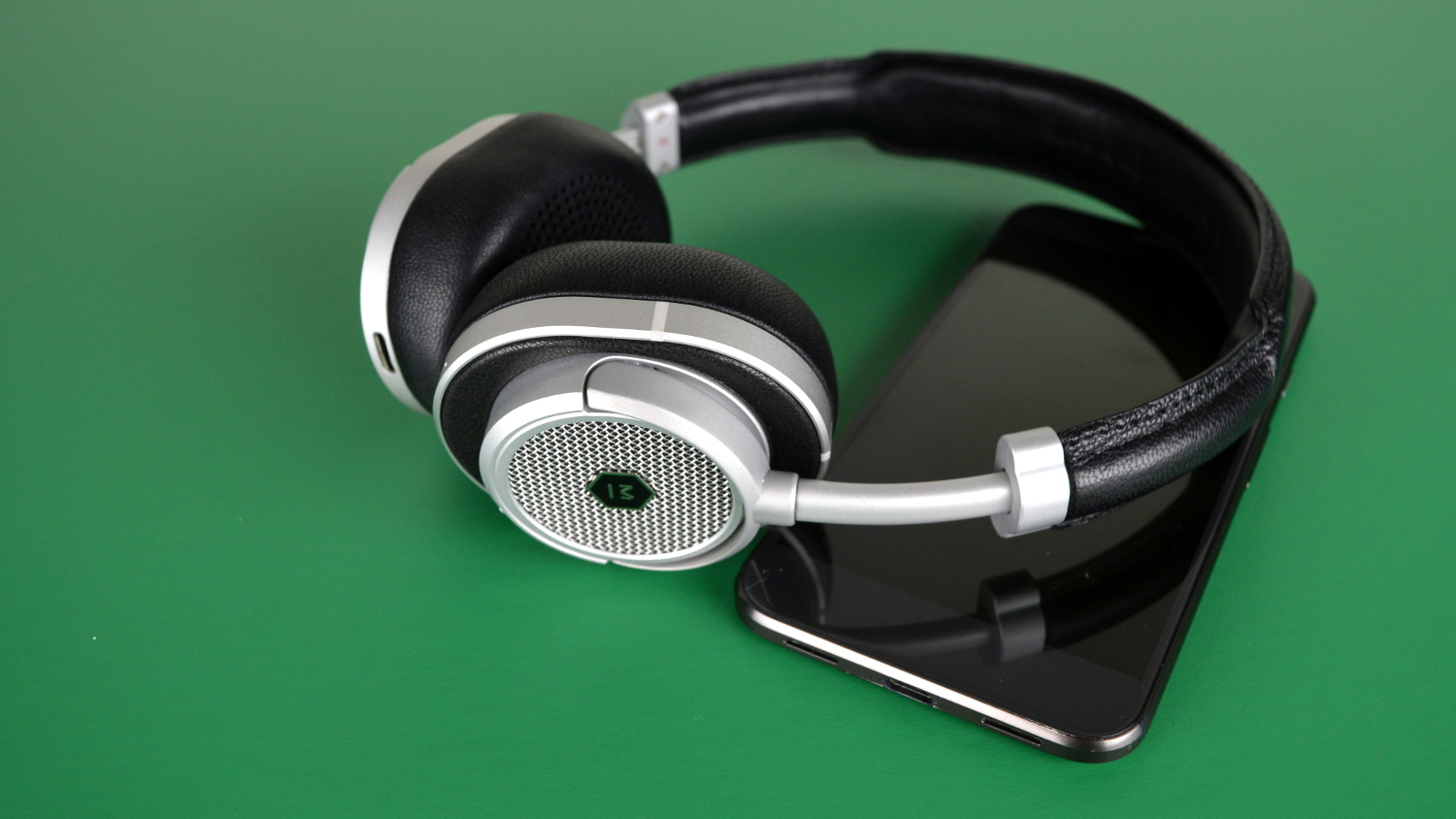Buying a great pair of headphones is important in ensuring that you get the best listening experience possible, but unfortunately it’s not always super easy to find the right pair of headphones in your budget and for your needs. That can be especially true of on-ear headphones, which are designed to compromise between the great sound-quality of over-ear headphones and the portability of in-ear headphones.
When buying a pair of on-ear headphones, there are a number of things to consider. For starters, you’ll want to consider things like whether you want wired or wireless headphones, and if you want noise cancellation or not.
Here’s everything you need to keep in mind when buying a pair of on-ear headphones
Wired or wireless
The first thing you’ll want to consider is whether you want a pair of wired on-ear headphones, or wireless ones. Considering the fact that on-ear headphones are largely built for portability and convenience, we think most will want to go for wireless on-ear headphones — though audiophiles on the go may instead want wired ones.
There are a advantages to going with wired or wireless headphones. Wired headphones, for example, generally offer an improved audio quality, though most average listeners may not be able to tell the difference. Wireless headphones, on the other hand, are more convenient given their wireless design — though you’ll still need to ensure that the headphones are charged up in order to use.
In general, the decision between wired or wireless boils down to a decision between audio quality and convenience. We recommend most people go for wireless headphones, but if you’re an audiophile looking for excellent sound quality you may want to go for wired headphones instead.
Open or closed
While it’s common to see open-back over-ear headphones, it’s far less common to see open-back on-ear headphones — but they do still exist. Open-back headphones offer one major advantage to closed-back headphones, and that’s a much more natural sound-quality. The trade-off, however, is that the music bleeds out of the headphones, and noise from outside the headphones bleed in. What that means is that people around you may easily hear the music you’re listening to, and you’ll be able to hear what’s going on around you.
We recommend most people go for closed-back headphones, unless you plan on really only listening at home — in which case perhaps a pair of over-ear headphones are better anyway.
Noise cancellation
Noise cancellation is a great way to make for a more immersive listening experience. We’re not going to go into how active noise cancellation works here, but the point is that it basically uses technology to block out outside noise — especially drone-type noise, like airplane engines. The trade-off to noise cancellation is that it affects sound quality, though once again, we don’t think most people will be able to hear much of a difference.
If you can afford a pair of noise cancelling headphones, they’re a great way to go, especially if you travel a lot.
Driver type
The vast majority of headphones these days feature dynamic drivers, but other types of drivers, like planar magnetic drivers or electrostatic drivers, may offer a better sound quality. The trade-off, however, is that they’re often far more expensive.
For more information about how different drivers work, check out this article. Otherwise, for most people, we recommend going for standard dynamic drivers — though make sure to check out reviews first to see what professionals think of the sound quality.
Frequency range
The frequency range of a pair of headphones essentially describes how accurately a pair of headphones can reproduce lows and highs. Unfortunately, headphone manufacturers often describe a pair of headphones as having a frequency range of 20Hz – 20kHz — which is the range of human hearing. Generally speaking, you shouldn’t rely on advertised frequency range as way to tell if a pair of headphones actually sound good. Instead, we recommend reading reviews.
Impedance
The impedance of a pair of headphones refers to the amount of power needed to deliver sound. Lower impedance headphones, that don’t require much power, work with a larger range of devices — like smartphones and computers. High impedance headphones, which require more power, often require a dedicated headphone amplifier.
When it comes to on-ear headphones, considering the fact that they’re built for portability, lower impedance headphones are generally the way to go. Most consumer on-ear headphones will work perfectly fine with your smartphone or computer — so you normally won’t need to bother making sure that they’re low impedance.
Conclusions
As you can see, there are a number of things to keep in mind when buying a new pair of on-ear headphones. In case you’re still confused, however, we think most people should buy a pair of wireless closed-back headphones with dynamic drivers, and noise cancellation if you travel a lot or like the idea of blocking out any outside sound. Making sure the headphones come with a good case or bag is a good idea too — especially considering the fact that on-ear headphones are usually built for portability.


